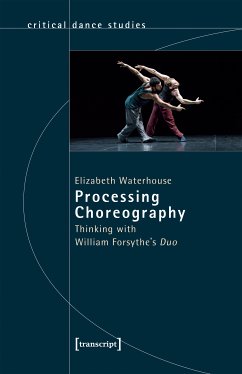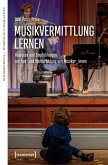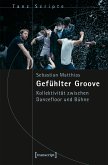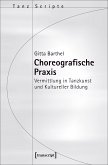Told from the perspective of the dancers, »Processing Choreography: Thinking with William Forsythe's Duo« is an ethnography that reconstructs the dancers' activity within William Forsythe's Duo project. The book is written legibly for readers in dance studies, the social sciences, and dance practice. Considering how the choreography of Duo emerged through practice and changed over two decades of history (1996-2018), Elizabeth Waterhouse offers a nuanced picture of creative cooperation and institutionalized process. She presents a compelling vision of choreography as a nexus of people, im/material practices, contexts, and relations. As a former Forsythe dancer herself, the author provides novel insights into this choreographic community.
Dieser Download kann aus rechtlichen Gründen nur mit Rechnungsadresse in A, D ausgeliefert werden.









